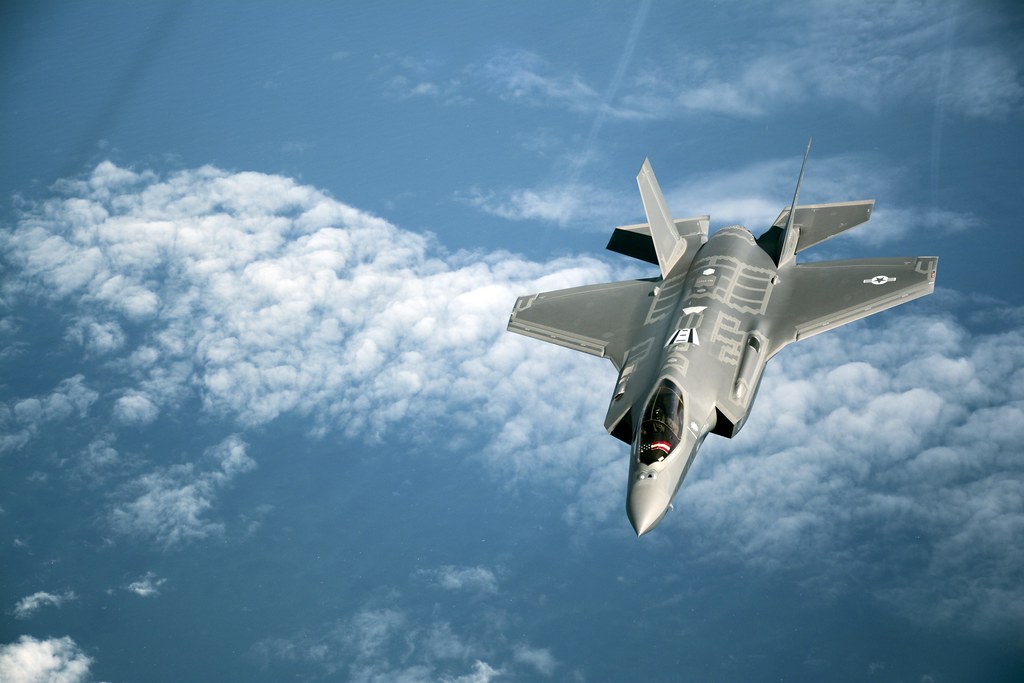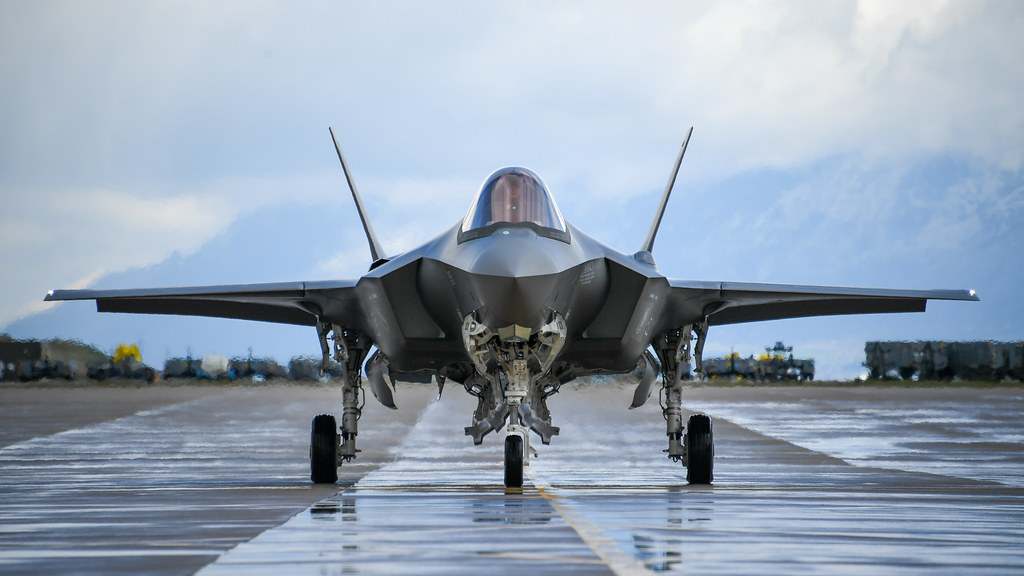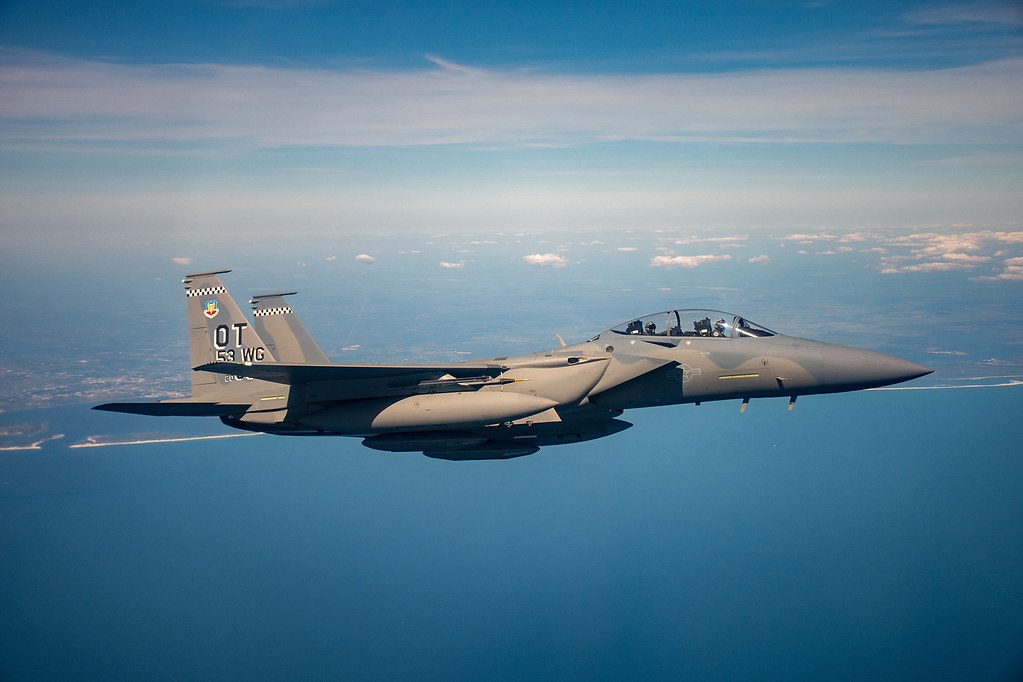
As Poland seeks to fortify its air superiority amidst the evolving security landscape in Eastern Europe, the prospect of acquiring Boeing’s F-15EX Eagle II has positioned the country at a pivotal crossroads in its military aviation strategy.

Discussions on supplementing the Polish Air Force’s fleet have gained momentum, and the advanced F-15EX, alongside contenders like the Eurofighter Typhoon and KF-21 Boramae, are at the forefront of Warsaw’s considerations.

Poland’s deliberations come as it anticipates the arrival of the first F-35A “Husarz” fighters, ordered in 2020, which will undergo pilot training in the United States.

With an existing arsenal of 48 F-16s and an ongoing order for 48 F/A-50 “Golden Eagle” aircraft from Korea Aerospace Industries, the Polish Air Force is preparing to transition from its Soviet-era MiG-29 Fulcrums and Su-22 Fitters—some of which were donated to Ukraine.

The current ambition of the Polish Air Force, as disclosed by General Ireneusz Nowak, the Chief of Staff, is to amass a total of ten squadrons, equivalent to 160 aircraft.

Notwithstanding the F-35A and F/A-50 purchases, Poland finds itself two squadrons short of its strategic goal, precipitating the exploration of new acquisitions for air superiority capabilities.

A Boeing representative, Rob Novotny, has been quoted advocating for the F-15EX, mentioning recent discussions with the Polish Armament Agency and Air Force.

Novotny highlighted potential opportunities for investment and industrial cooperation in Poland, particularly in technical support, component production, and engineering for the F-15EX.

Boeing’s pitch underlines the F-15EX’s legacy as a “proven design” with innovative features, notably its capacity to carry up to 12 air-to-air missiles, advanced F110-GE-129 engines, digital cockpit, fly-by-wire controls, AESA radar, and electronic warfare suite.

Novotny’s comments underscore the Eagle II’s combat prowess, pointing out its role in Israel’s defense when F-15 variants shot down a substantial number of Iranian drones during a single encounter.

The quest for air dominance is further spurred by lessons drawn from the ongoing conflict in Ukraine. Tomasz Smura, from the Casimir Pulaski Foundation, noted that Poland’s intention to control the skies is informed by the urgency to counter advanced Russian aircraft.

In the US, the Air Force is simultaneously advancing through the Next Generation Air Dominance (NGAD) program while employing the F-15EX as a modern stopgap for its aging fleets. The F-15EX, in particular, is lauded as a capable interim measure to bolster the fighter fleet.

The decision on which aircraft will grace the Polish Air Force’s hangars remains uncertain, with factors like industrial benefits, technology transfer potential, and political alliances influencing the ultimate choice. While the F-15EX has made a strong case with its air-to-air combat readiness, the Eurofighter consortium’s Typhoon offers potential industrial advantages and collaboration on 6th generation combat aircraft projects.

The Polish government’s commitment to enhancing its military capabilities—underscored by recent procurements of US-made tanks and helicopters—signals a possible preference for the F-15EX. However, the outcome is contingent upon a myriad of strategic considerations and international partnerships that will shape Poland’s defense trajectory in the years to come.

As the discussions unfold, Poland’s decision will have significant implications not only for its own security but also for the broader landscape of military aviation alliances.
Relevant articles:
– Poland Considers F-15EX for Air Superiority along with Eurofighter and KF-21, Frontier India
– Polish warplane appetite prompts jockeying by US, European vendors, Defense News
– NGAD and F-15EX Eagle II: The Air Force Can Have Both Fighter Jets, 19fortyfive.com
– F-15EX eyed as solution for Poland’s air dominance requirements, Key Aero

